We interviewed Christopher Scianni, an environmental scientist supervisor who works in understanding how invasive species travel around the world through maritime ships. He researches how current shipping technology and practices spread non native species around the globe- and how to create policy to reduce this infectious spread.
By title, I’m a senior environmental scientist supervisor. I work primarily on biological invasion ecology, trying to better understand how commercial maritime ships inadvertently move entire biological communities around the globe. My team collaborates on research to understand how different shipping practices influence the risk of introducing non-native species and we develop and implement regulatory policies aimed at reducing that risk.

Being outside has always interested me, and I was hooked on the ocean from an early age. Whether tide pooling with my family or visiting the beaches or local aquarium, I’ve always felt a draw toward the ocean. Going after degrees in marine biology and marine science gave me an opportunity to mesh my interest in the ocean with a desire to learn more about how ocean processes work. Moving into an invasion ecology-focused career added an extra layer of probing how our actions impact biological interactions and how ecosystems function.
It varies. Fieldwork often comes in bunches, separated by long spells of data analysis and policy creation/review/revision. Most of my fieldwork is spent studying the biological communities that accumulate on the underwater surfaces of ocean-going ships (i.e., biofouling or hull fouling communities). About a decade ago, I spent a good deal of time diving under ships in ports around the world to identify patterns associated with different ship types and different areas on individual ships. Our goal is to understand what shipping practices lead to the different biological patterns we find, and we work with the shipping industry to find solutions. In recent years, I’ve replaced most of my SCUBA diving surveys with remotely operated vehicle (ROV) surveys. Now, most of my fieldwork is spent flying the ROV on hull transects.
As stated above, my experiences as a child drove in me an interest and curiosity about the ocean. I always try to view my work in the context of how a similar little kid today might view their interactions with the ocean, and the same for their kids. On one level, we live in a global economy that necessitates ocean transport; that’s not going away. I view my work as necessary to ensure that our society’s interaction in the global economy is conducted in a way that ensures that those next generations of kids can be amazed by, and called to, the ocean and a functioning coastal environment.
I went to the California State University, Long Beach as an undergrad. I double-majored in Marine Biology and Biology with an emphasis in Zoology, I also had a Chemistry minor. For graduate school, I received a Master of Science in Marine Science from the California State University, Stanislaus. All of my graduate work was conducted at the Moss Landing Marine Laboratories where I focused on Biological Oceanography.
I’d have to say it was a tie. My favorite undergraduate major class was the biology of marine zooplankton, that class convinced me that I should continue my education into graduate school. My favorite general education class was interpersonal communication, I still think that’s the most consequential class students can take to improve their chances of successfully navigating the working world.
I worked at a local aquarium while in my undergrad years, and my supervisor there was the other reason why I decided to continue to graduate school. We had regular conversations about school and science, and his enthusiasm for his work was contagious. He challenged me, gave me a lot of responsibilities, and was always there to offer constructive feedback. I now supervise and mentor a college or graduate intern every summer, and I strive to model my mentorship after his.
This is probably obvious, but when I was in school, there was more of a firewall between coding languages and marine science. I learned all about biostatistics, but hardly anything related to computer languages and coding. That was probably the norm, aside from physical oceanography students. Nowadays, it seems like coding is integrated into everything. I often must collaborate with other scientists who have coding specialties and I’m always amazed by them.
In relation to my work, I think it’s critical that we know where the products that we buy and use come from, and how they get from their origin to us. I think it’s important to make informed decisions about what we use, and part of that is knowing the monetary and non-monetary costs included in the production and transport of those goods.
Go volunteer or find internships to gain experience doing different things. The experience is valuable, but the importance of the network of colleagues and mentors you create is beyond measure.
Pictured above from left to right:
Matt Huber, Judah Goldberg, Sarah Smith, Lawrence Younan, Paul Chua, and Chris Scianni



Share:
Sustainable T Shirts Made from Wood and Algae
Tap water alkaline water maker